100 Years of Titanic History

A century ago, when tens of thousands of eager spectators lined Belfast Lough to wave RMS Titanic off on her maiden voyage, they were proud of not just the largest moving manmade object the world had seen but the most luxurious ship ever built.
Titanic symbolized not only the incredible innovation, craftsmanship and entrepreneurship of Harland & Wolff – the world’s greatest shipbuilders – but cemented the reputation of the city of Belfast as one of the world’s leading industrial cities. Titanic was now a global phenomenon.
With The White Star liner’s tragic sinking following a collision with an iceberg – just four days after her final stop at Queenstown (now Cobh) in Cork – it made front page news around the world. Nowhere was the loss more keenly felt than in Belfast where the passenger liner had been designed, built and launched. Pride in Titanic and the other great liners that emerged from the city’s shipyards remains tangible today.
Belfast Magic
While the Titanic museums, societies and exhibitions around the world testify to the enduring fascination of the ship, it is only in the city where she was built that you can experience her true magic.
Whether visitors want to hear the stories of the hugely successful industrial past of Belfast which spawned the Titanic or whether their interest lies in the more recent stories, there are plenty of locals ready and willing to tell those tales. And with the world gripped with a fascination for all things Titanic, Belfast can show off the genuine and authentic elements of Titanic’s history.
The physical structures still remain around the city: the Harland & Wolff headquarters building which contains the drawing office where Titanic was designed; the slipways where she and her sister ships were built, and the Hamilton and Titanic dry docks which lay down a marker of the huge size of the Olympic class liners. Add to this mix the SS Nomadic, Titanic’s tender ship and the only White Star vessel left in the world, and you come as close as possible to touching her. The Nomadic, brought back to Belfast in 2006 for restoration, is a mini-version of the Titanic with many of the same design features. She carried first and second class passengers to the ship from the French port of Cherbourg.
Where Belfast has transformed into a modern, dynamic European hub, so too has the shipyard. Opening in April 2012 on the site of the former Harland and Wolff shipyard is the Titanic Belfast. This $155 million, 6-story center tells the story of the legendary ship and Belfast’s remarkable industrial and maritime heritage. It is expected to attract 400,000 visitors each year. The public plaza outside the building will be engraved with images of the shipyard’s 2 most famous ships: the Titanic and Olympic.
Cobh Connection
You can relive the experience of passengers boarding at Titanic’s final stop with the Titanic Trail guided tour of Cobh, near Cork city, including the very pier from which Titanic passengers departed, and at Cobh The Queenstown Story exhibition, which also tells the story of Irish emigration. In 2012 Cobh will host to a year-long series of intriguing events to commemorate the Titanic centenary. Visit www.titanic100.ie for details.


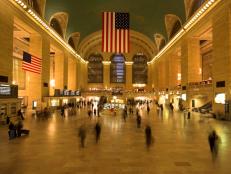

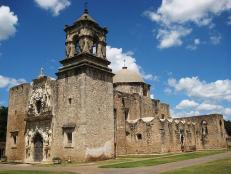
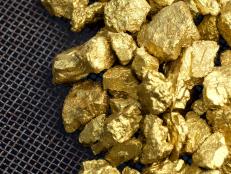
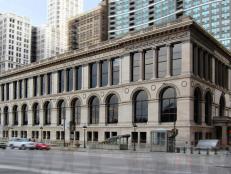
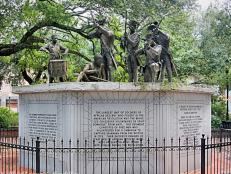


















.jpg.rend.hgtvcom.231.174.suffix/1674758726773.jpeg)










